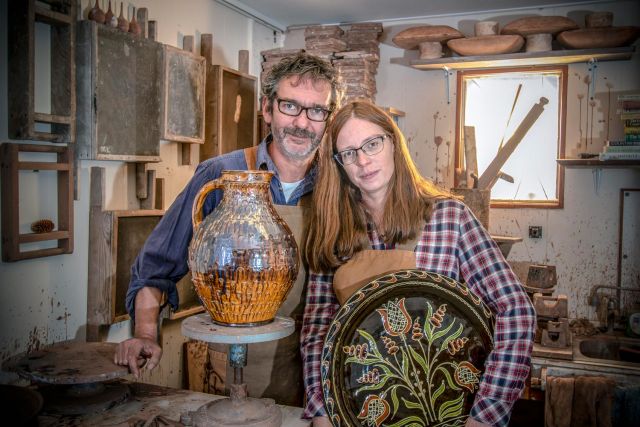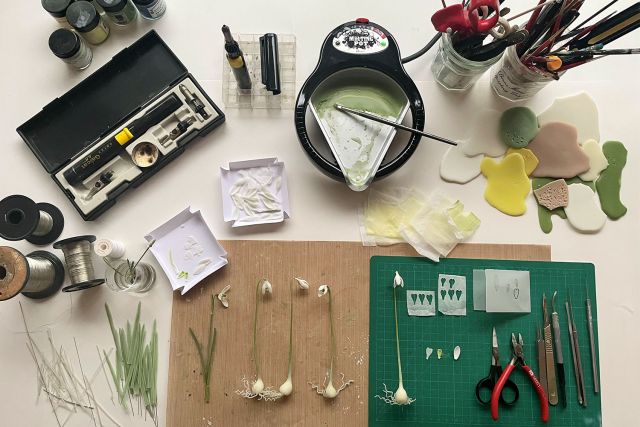This wall-hung textile, a mixed media assemblage on a wooden panel, was conceived as a flag, where embroidered flowers in yellows, reds, pinks and blues float above 1,000 trapped white toy soldiers. It is a comment on warfare, conflict, entrapment and remembrance.
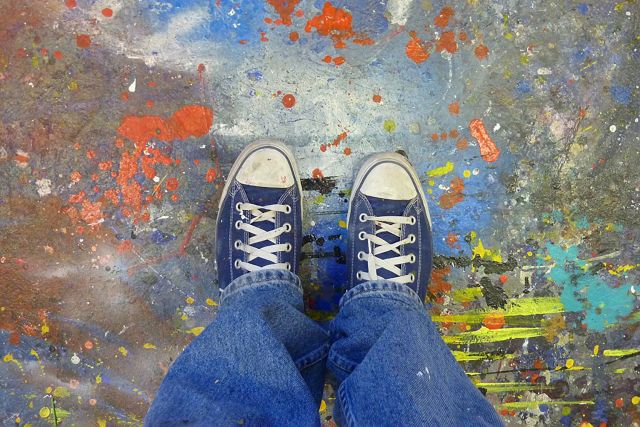
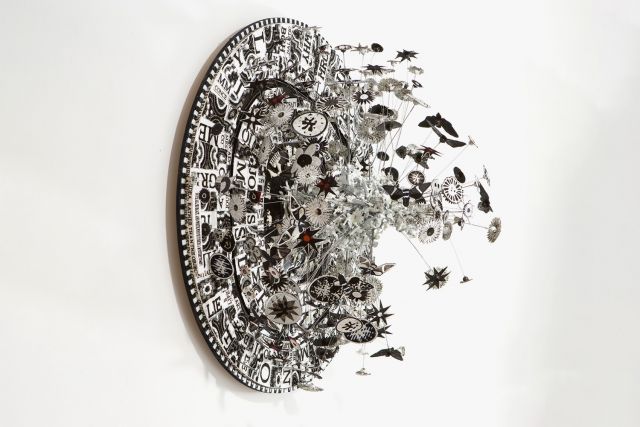
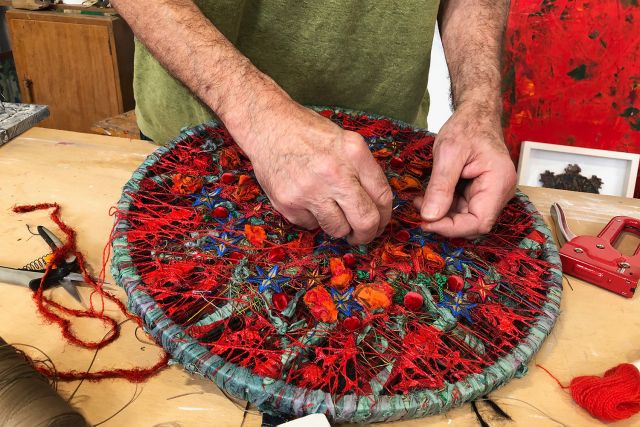
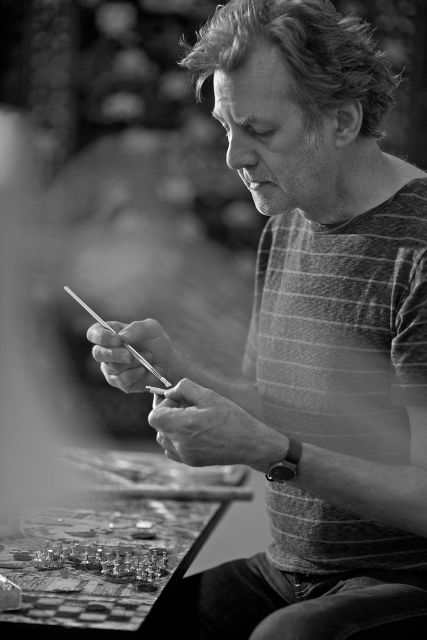
Michael Brennand-Wood
- Multimedia sculptor
- Prenton, United Kingdom
- Master Artisan
By appointment only
+44 7887690642
Probing textile sculptures
- • Michael regards himself as an independent explorer of visual territories
- • For him textiles are a wonderful medium to express the breadth of humanity
- • What he loves most is his daily dialogue with creative energies
Michael Brennand-Wood’s work gravitates around textiles but embraces an eclectic range of media. For over 40 years, he has contributed significantly to contemporary international art textiles. The diversity of his contribution – through exhibitions, commissions, research, teaching, curating, advocacy, writing and architectural consultancy – illustrates the interdisciplinary nature of his practice. “I have always been drawn to the border areas, the margins between disciplines, the points at which ideas overlap. Blurring distinctions as to whether it is a textile or sculpture, an applied or fine art piece. Definitions of an area’s ideology are often a form of protectionism and control.” He has exhibited in major galleries and museums, including the Victoria and Albert Museum in London and the National Museum of Modern Art in Kyoto. His work is also in private, public and corporate collections worldwide.
Read the full interviewWorks
Photo: ©James Austin

Photo: ©Peter Mennim
This wall-hung textile, a mixed media assemblage on a wooden panel, possesses strong holographic qualities: as viewers move across the picture plane, they interact physically with the work. Embroidered flowers in reds, blacks and yellows float above the ground of trapped toy soldiers.

Photo: ©Peter Mennim
The format of this wall hung textile, a mixed media assemblage on a circular wooden panel, refers to the history of cartography, the desire to map journeys. Technically the work is a synthesis of digital, analogue, photographic, painterly, sculptural and stitched processes.

Photo: ©Peter Mennim
The circular format of this wall-hung textile, a mixed media assemblage on a wooden panel, refers to both Petri dishes and the atlas/globe arenas within which action unfolds. A fusion of diametrically opposed materials and ideas, each with a strong cultural resonance.

Photo: ©Peter Mennim
This is a three-dimensional stitched work that refers to the traditions of mending and repair. In this wall-hung textile, a mixed media construction on metal lattice framework, handmade threads move back and forth in space, connecting individual sections and tracking thought processes.






